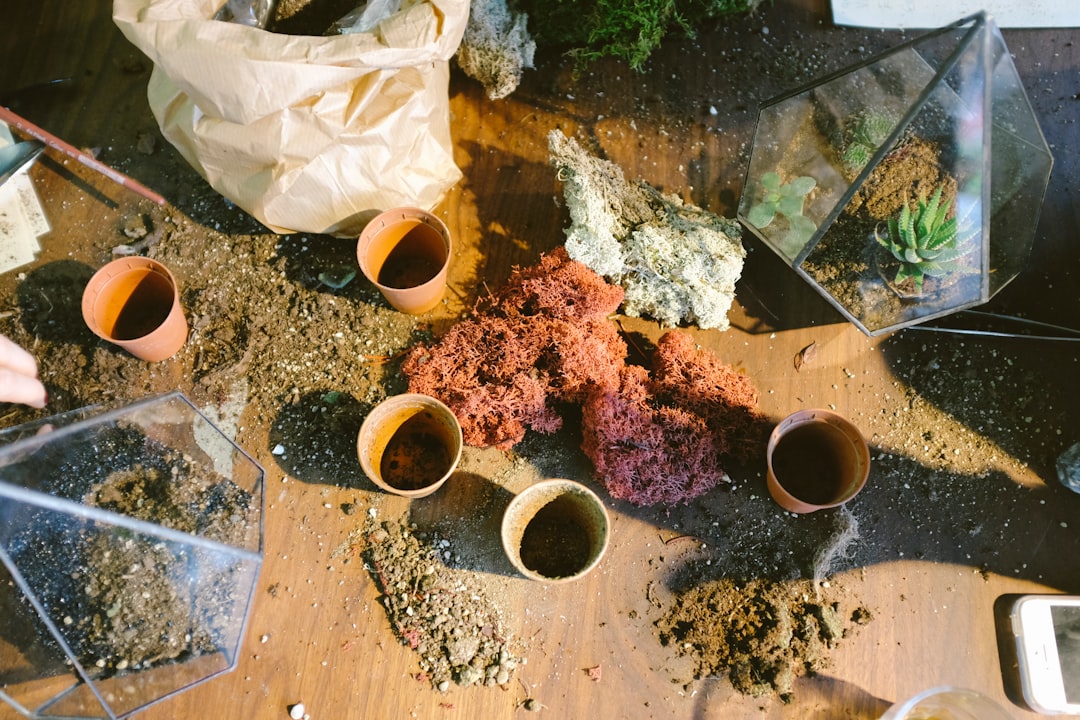Unleashing the Full Bloom Potential of Your Dahlias

When it comes to gardening, dahlias are a true gem. These vibrant and diverse flowers can add a splash of color to any yard. However, to ensure that they continue blooming as long as possible, proper deadheading is essential. In this article, we'll explore how and when to deadhead dahlia flowers for a thriving garden.
Deadheading is the process of removing spent or faded flowers from a plant. For dahlias, this practice serves several important purposes. Firstly, it redirects the plant's energy from seed production to new growth and flower development. By preventing the formation of seeds, the dahlia can focus its resources on creating more beautiful blooms.
Secondly, deadheading helps to maintain the aesthetic appeal of your garden. Removing wilted flowers keeps the dahlia bed looking neat and tidy, enhancing the overall visual impact. It also encourages the plant to produce lateral shoots, which can lead to a bushier and more prolific display of flowers.
So, how do you deadhead dahlias? The process is relatively straightforward. Start by inspecting your dahlia plants regularly. Look for flowers that have started to fade, lose their color, or show signs of wilting. These are the ones that need to be removed.
To deadhead a dahlia, use a sharp pair of pruning shears or scissors. Make a clean cut just above the first set of healthy leaves or lateral bud below the spent flower. This ensures that the plant can continue to grow and produce new flowers from the remaining stem. Avoid leaving any stubs, as they can attract pests and diseases.
It's important to note that different types of dahlias may require slightly different deadheading techniques. For example, single-flowered dahlias can be deadheaded by simply pinching off the faded flower with your fingers. On the other hand, double-flowered dahlias may have more complex flower structures, and it's best to use pruning tools for a precise cut.
Now, let's talk about when to deadhead dahlias. The ideal time to deadhead is as soon as the flower starts to fade. This prevents the plant from wasting energy on a dying bloom and encourages it to produce new ones. Regular deadheading throughout the growing season, which typically runs from summer to fall, will keep your dahlias blooming continuously.
However, there are a few exceptions to this rule. If you're growing dahlias for seed production or want to save the flowers for drying or floral arrangements, you may choose to leave some of the spent blooms on the plant. Just make sure to remove them before they start to drop seeds and spread throughout your garden.
In addition to deadheading, proper care and maintenance are crucial for the health and longevity of your dahlias. Provide them with plenty of sunlight, at least six hours a day, and well-drained soil. Water them regularly, but avoid overwatering, as dahlias are susceptible to root rot.
Fertilize your dahlias every few weeks with a balanced fertilizer to promote healthy growth and abundant flowering. You can also stake taller varieties to prevent them from falling over in strong winds or heavy rain.
Another important aspect of caring for dahlias is pest and disease control. Keep an eye out for common pests such as aphids, spider mites, and slugs, and take appropriate measures to prevent and treat infestations. Diseases like powdery mildew and botrytis can also affect dahlias, so make sure to provide good air circulation and avoid overhead watering.
In conclusion, deadheading dahlias is a simple yet effective way to keep your yard looking beautiful and your dahlias blooming all season long. By following the tips and techniques outlined in this article, you can ensure that your dahlias reach their full potential and provide you with a stunning display of color and fragrance. So, grab your pruning shears and get started on deadheading your dahlias today!